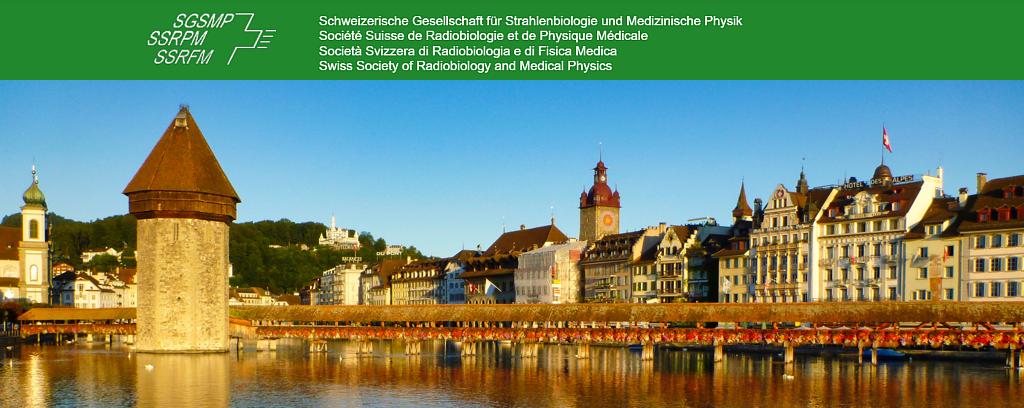Speaker
Description
Purpose: To develop a deformable voxel geometry (DVG) for Monte Carlo (MC) dose calculation and to integrate it into the Swiss Monte Carlo Plan (SMCP) to account for motion during dose calculation of radiotherapy treatment plans by deforming the patient geometry.
Methods: A volumetric modulated arc plan is created for a non-small cell lung cancer case (without breathing, static situation). Additionally, deformation vector fields (DVF) to account for the breathing motion are calculated using the B-splines image registration of plastimatch based on the 4DCT. The DVFs are used to deform the DVG during the Monte Carlo dose calculation. The resulting dose distribution considering the breathing motion is compared to the dose distribution without breathing motion.
To validate the DVG for rigid motion, the plan is delivered to a Delta4 phantom on a TrueBeam in developer mode. Continuous anterior-posterior couch motion (amplitude 5 cm) is moving the phantom during beam-on. The calculation of the dose distribution includes the couch movements by dynamically deforming the voxel geometry accordingly. The calculated dose is compared to the measured one.
Both dose comparisons are done by means of dose differences and gamma passing rate (GPR) (3% (global)/2 mm, 10% threshold).
Results: The dose distribution considering the breathing motion agrees by 86.8% GPR with the static situation. In the target volume they agree by 69.1% GPR. Breathing motion deteriorates the planned dose by up to 35% of the local dose, with the greatest dose differences observed in high dose gradient regions.
The validation measurement agrees by 99.3% Gamma Passing Rate with the calculated dose which accounts for the motion.
Conclusion: A deformable voxel geometry for MC dose calculation is successfully developed for the SMCP framework, to account for motion during dose calculation. It is validated for rigid motion during dose calculation.
Supported by Varian Medical Systems.

